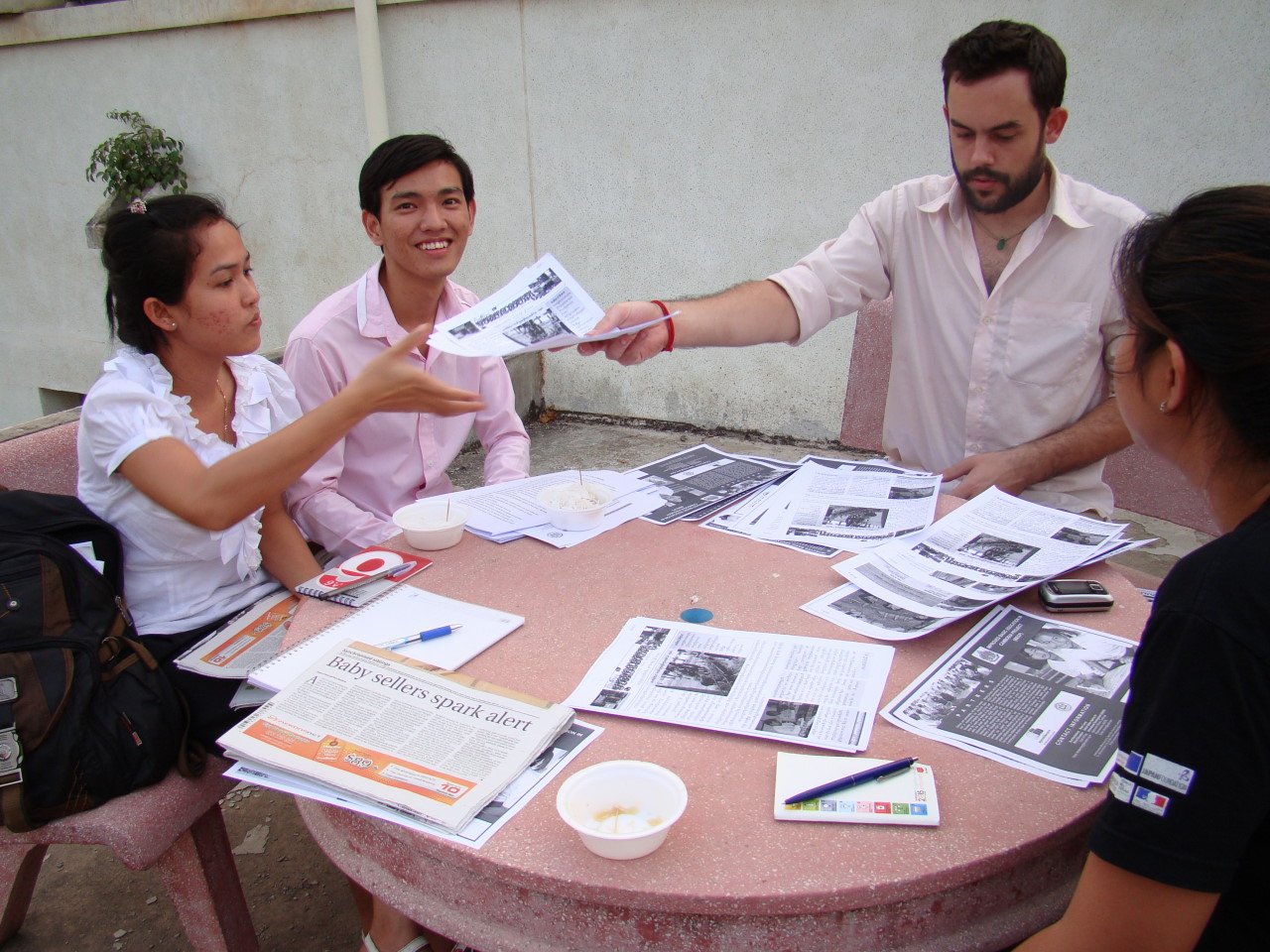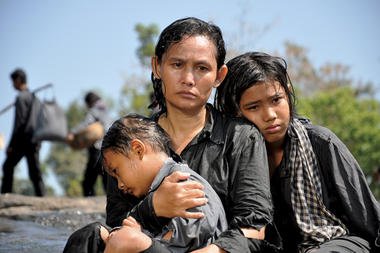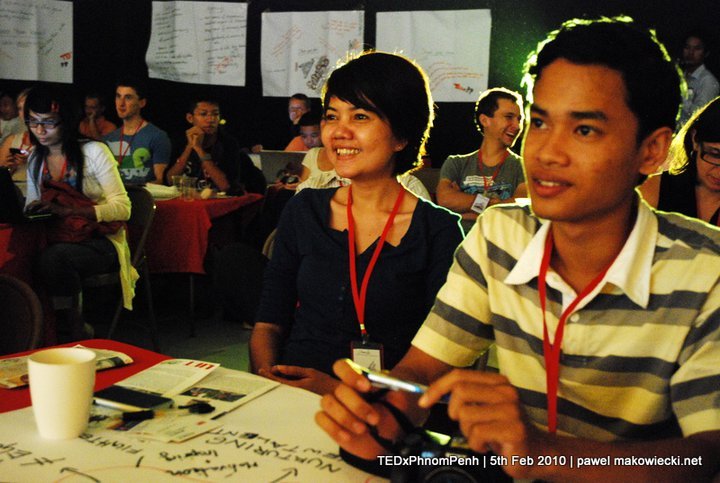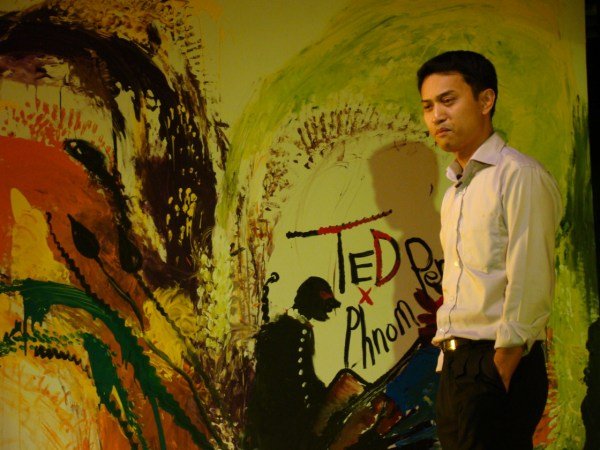[slideshow]
Phnom Penh, Cambodia –Nokia Cambodia announced the arrival of a latestbusiness smartphone modelNokia E7 in the Kingdom at agrand launching eventyesterday in Phnom Penh, Cambodia.
Held at Studio 182, above Topaz Restaurant, the event ignited excitement among some 60 participants including members of the local media and prominent corporate people from both local and international companies. They were all fascinated about how powerfulNokia E7was in meetingtheir professional and private needs.
Nokia E7 is equipped with a 4-inch AMOLED touchscreen display featuring Nokia’s ClearBlack technology. Business users will find that it is the perfect shape and size to work on documents, review spreadsheets, or read and edit slides. With Microsoft Exchange ActiveSync on board, the Nokia E7 provides direct, real-time and secure access to corporate email inboxes and other personal applications.
The device captures High-resolution photos and HD video with the its 8 megapixel camera and dual LED flash and provides a wide range of music, games and socials apps. It also supports 3G networks and Wi-Fi connections.
“People are continuing to look for solutions that suit both their work and personal life; in business circles this is known as the ‘consumerization’ of IT. The Nokia E7 gives people the confidence to bring their own smartphones to the workplace to connect securely to corporate messaging servers,” said Mesbah Uddin, Business Development for Nokia Cambodia and Laos.“On the other hand, whether you are an artist or entrepreneur, the Nokia E7 is the only smartphone you will need to handle your work, to conduct your dailypersonal lives,” he added.
During the launching event, Daniel Parkes, Country Manager for CB Richard Ellis (Cambodia) Co., Ltd, who is a user of Nokia E7,enthusiastically shared with the audience that Nokia E7 was key to having a successful day in or out of the office. “It is a perfect device for me. Having it with me, I feel that my office is where I am. Being on the move, I am still able to open and read corporate emails that I have received, make a response, edit attached office documents, etc.” “You don’t have to scrutinize screen as it is wide, giving bigger display of characters. Typing is fast with its QWERTY keyboard,” he said.
PreapSovath, Cambodia’s most well know pop star, who also runs salon and restaurant businesses in Phnom Penh laid out how useful Nokia E7 to him. “I spend most of my time singing and performing. But I have to manage my business too. I am really excited about Nokia E7 and to my view it is a small laptop. Not only does it enable me to access all my emails, but it also my home of entertainment: watching movies, listening to music, playing games, just to name a few. What I find amzing is its HD camera that you take pictures and make a video of high resolution, edit it and share it with colleagues and friends connecting it with HDMI cable.”
DanielParkes and PreapSovath, as well as the rest of the participants, were particularly impressed with Nokia E7’s high capabilities of safely keeping important work files and protecting important data with remote device management options.
Estimated retail price at US$650, Nokia E7 will be available from 19 March 2011 in two colors, black and silver andaccording to Nokia’s representative, Nokia would present a Nokia Mobile Holder, a Nokia Mobile charger and a pouch to the first 100 corporate consumers for every purchase of Nokia E7.
Original Text by NOKIA Company Issued on 12/03/2011Related Post
- Nokia press launch N8 & C7 in Cambodia (http://saoyuth.wordpress.com)
- Reputation with NOKIA Symbian^3 N8 & C7 (http://saoyuth.wordpress.com)
- NOKIA Concert (http://sayuth.wordpress.com)
- Press Release from NOKIA issued on September 14, 2010 (http://saoyuth.wordpress.com)
- Nokia X2-01 Review (brighthub.com)





